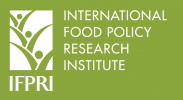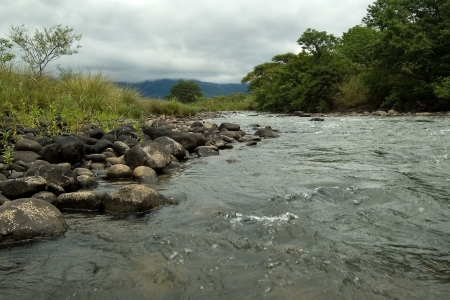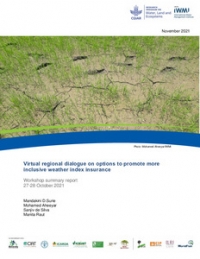This study builds on water quality modeling work completed in a previous, bilateral WLE project, in which a global water quality modeling system was developed to simulate the loadings of nitrogen and phosphorus pollutants from agricultural production systems globally. The new project consists of two proposed activities and will extend the previous work in several important ways. In the first activity, the model will be applied to assess benefits to the quality of global fresh water environment which may arise from adoption of sustainable land management (SLM) technologies. Evaluating the impacts of land management practices on water quality constitutes a major interest of water quality modeling studies. To our best knowledge, this type of assessment has not been carried out at a global scale. Given the budget, budgetary cuts and the time frame of the project, we will focus on conservation tillage technology, which is one of most widely adopted SLM technologies presently. This activity involves reviewing literature to compile spatial data sets characterizing the current status of conservation tillage technology adoption and using the developed data set to inform water quality simulation and scenario development. The second activity aims at enhancing the current model’s capacity in estimating nutrient loadings related to livestock excreta nutrients. To achieve this goal, firstly, we will attempt to link our global water quality model to a newly developed livestock production simulation module. The new module provides a better representation of dynamics of livestock production system development and will help put our water quality scenario analysis on a more solid basis. This activity will all also include a re-estimation of the recycling rates of excreta nutrient to crop land. To our best knowledge, there is little compiled data to track the fate of excreta nutrients in the environment or partition these among their different uses (manure and energy production etc.), especially in developing countries. In global studies on the nutrient cycle, it is typically assumed that 90-95% of stored and available nutrients from livestock excreta go to crop lands in developing countries. This assumption is based on few studies in 1990s and was already adopted in our model. However, we have received comments from researchers in the land management field, who pointed out that this assumption leads to an overestimation of manure application in African countries. Considering livestock manure acts as an important source of nutrient input to agricultural lands in water quality simulations, improved estimates of excreta nutrient input rates are needed. In the estimation, we will review the literature on manure management and utilize relevant household data at micro-level collected in IFPRI’s past studies. The new data set will help enhance our baseline results of water quality simulations. It can be used to support studies in other areas, such land nutrient balances or land degradation analysis.
menu





/index.jpg?itok=EzuBHOXY&c=feafd7f5ab7d60c363652d23929d0aee)









